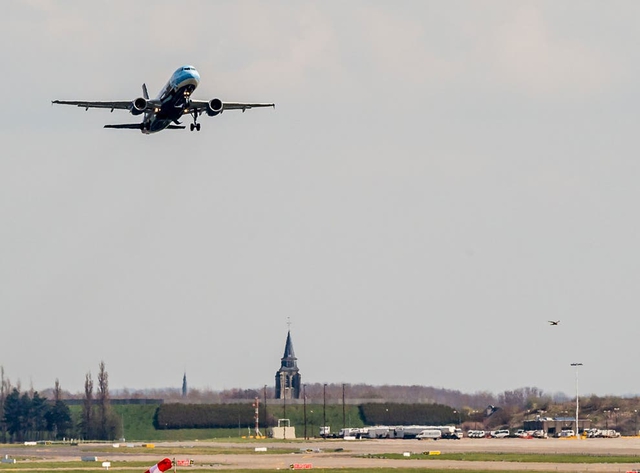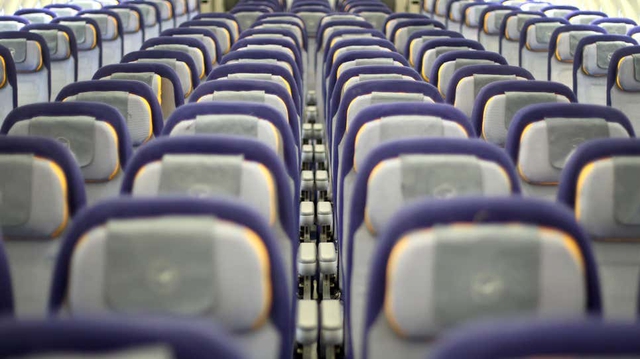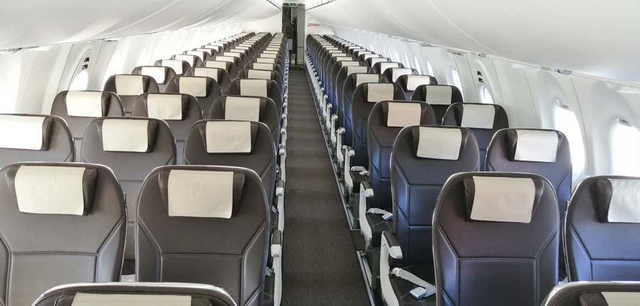The ‘ghost flights’ during the pandemic
- Tram Ho
Few industries have been more affected by the Covid-19 pandemic than air travel. But when very few people fly for business or pleasure, airlines still have to perform “ghost” flights – flights without passengers – to ensure they keep their take-off and landing positions at airports. airport.
And such flights – which burn and consume tons of fuel – have existed since Covid-19 hit the world two years ago. But it is becoming a controversial issue in Europe this week, as airlines complain they will be forced to fly more as air travel declines yet again, because of the Omicron variant.

Belgian airline Brussels has operated 3,000 passengerless flights this winter, to avoid losing places to take off and land.
The airline’s parent company, Lufthansa Group, confirmed that it had made 18,000 empty flights, 3,000 of which were Brussels Airlines’ own. Flights in Germany, Switzerland, Austria and Belgium have been particularly affected.
But they are forced to because EU rules require airlines to operate a certain percentage of scheduled flights to reserve seats at major airports.
Under “use or take-out” regulations, before the pandemic hit, carriers had to use at least 80% of their scheduled take-off and landing positions. This figure has been revised to 50% because of the pandemic, indicating that travel is becoming increasingly difficult. But airlines are still struggling to achieve this goal.

Without guests, flights still have to take place to reserve seats at airports.
“Between now and March, we have to make 3,000 flights, mainly within Europe,” said Maaike Andries, a spokesman for Brussels Airlines. “We want to destroy them, and they should also be removed for the sake of the environment.”
The Belgian federal government has written to the European Commission, calling for changes to the rules on maintaining positions.
Until there is a change in the law, it is difficult for airlines to give up on performing “ghost flights”, as take-off and landing places are absolutely essential for an airline. And the problem is that airlines are betting on a market recovery and no one wants to fall behind their competitors.
As such, they are willing to burn fuel in the short term, even if it comes with catastrophic effects on the climate. It should be noted that air travel is also incredibly damaging to the climate, with about 2.4% of global carbon pollution before the pandemic.

However, the European airport trade body Airports Council International (ACI) has rejected the airlines’ statement and reaffirmed its position on the threshold for airport occupancy. Accordingly, the 80% threshold was suspended in March 2020, and the 50% threshold set will expire at the end of March 2022, although that deadline could be pushed to the end of summer 2022.
“Let us stick together to the vital mission of restoration and reconstruction,” said the ACI director general.
Refer to Gizmodo
Source : Genk
